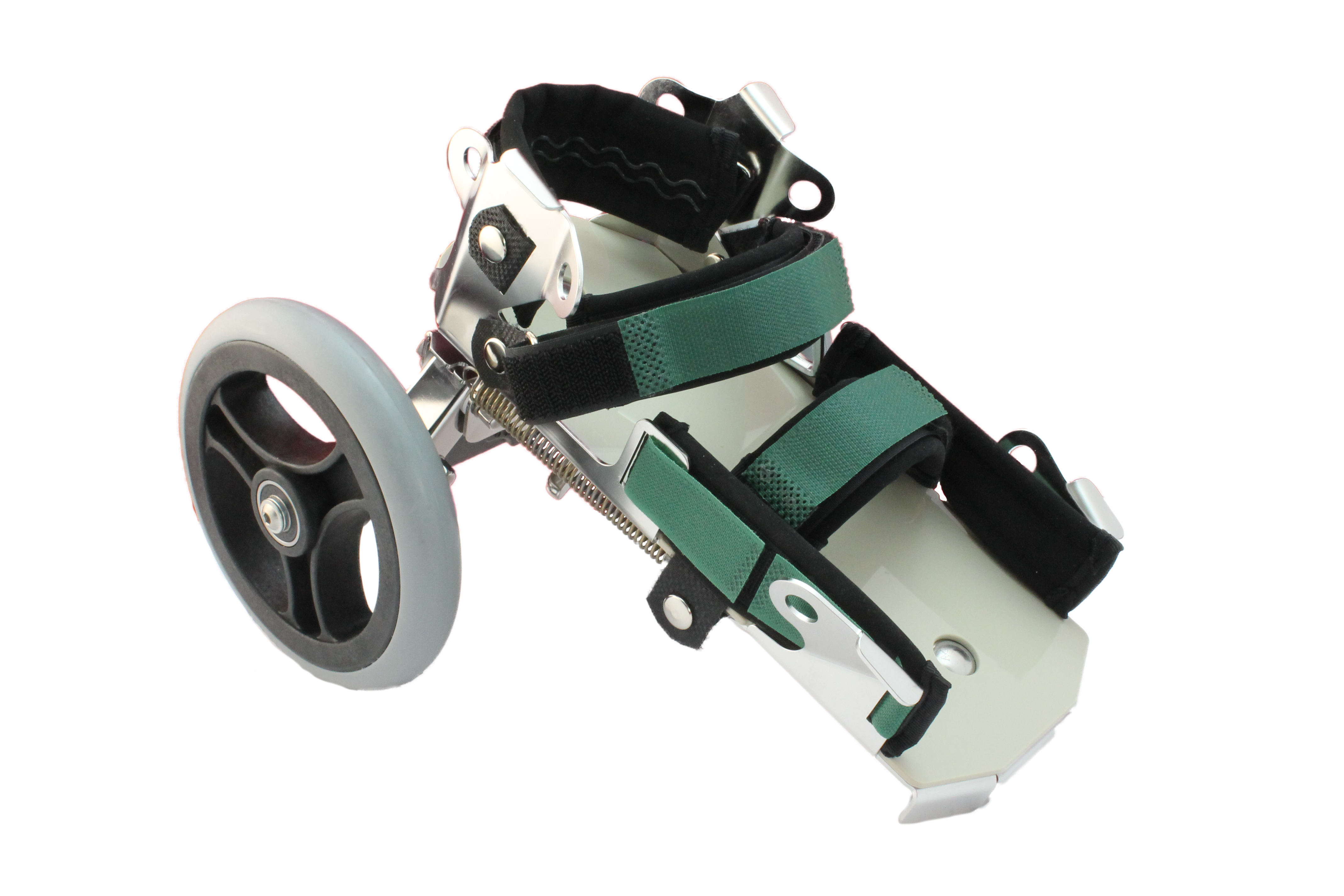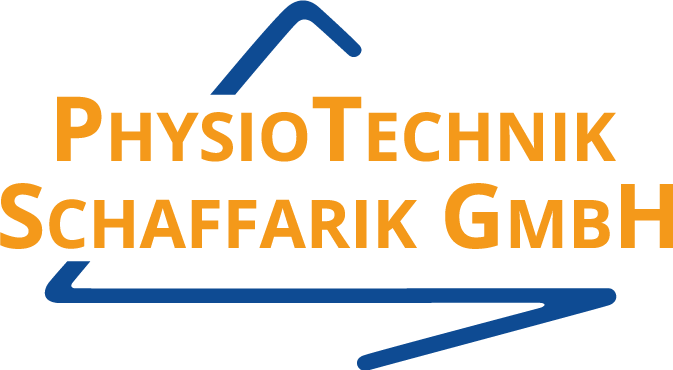Therapy examples from patients

Trauma Surgery
Accident: fall from a great height (patient 52 years)
Diagnoses: tibia and fibula fractures on both sides, comminuted fracture of the heel and ankle bone on the right, fracture L4
Previous
Next
Therapy: 8 weeks after the accident
Passive-assisted movement of the right ankle joint
Passive-assistive movement of the right leg
Gentle muscle strengthening of the left leg
Therapy result 15 weeks after the accident and 12 weeks after the last operation (that was the surgical treatment of the right heel bone)
Therapy: Muscle strengthening left leg with 20 kg
Partial load, gentle muscle strengthening of the right leg with 2 forearm crutches
Patient M.:
“In the fall I had a fall from a great height, which I survived with severe fractures in both legs and a vertebra.
After a long stay in hospital, mainly in a lying position, the Schaffarik-board was the only way for me to build up my leg muscles again without getting up. This also reactivated mobility and sensors in the ankle and knee.
An ingenious, light therapy tool that I could use easily at home. Without the Schaffarik board, my recovery would certainly not have progressed so fast.”



